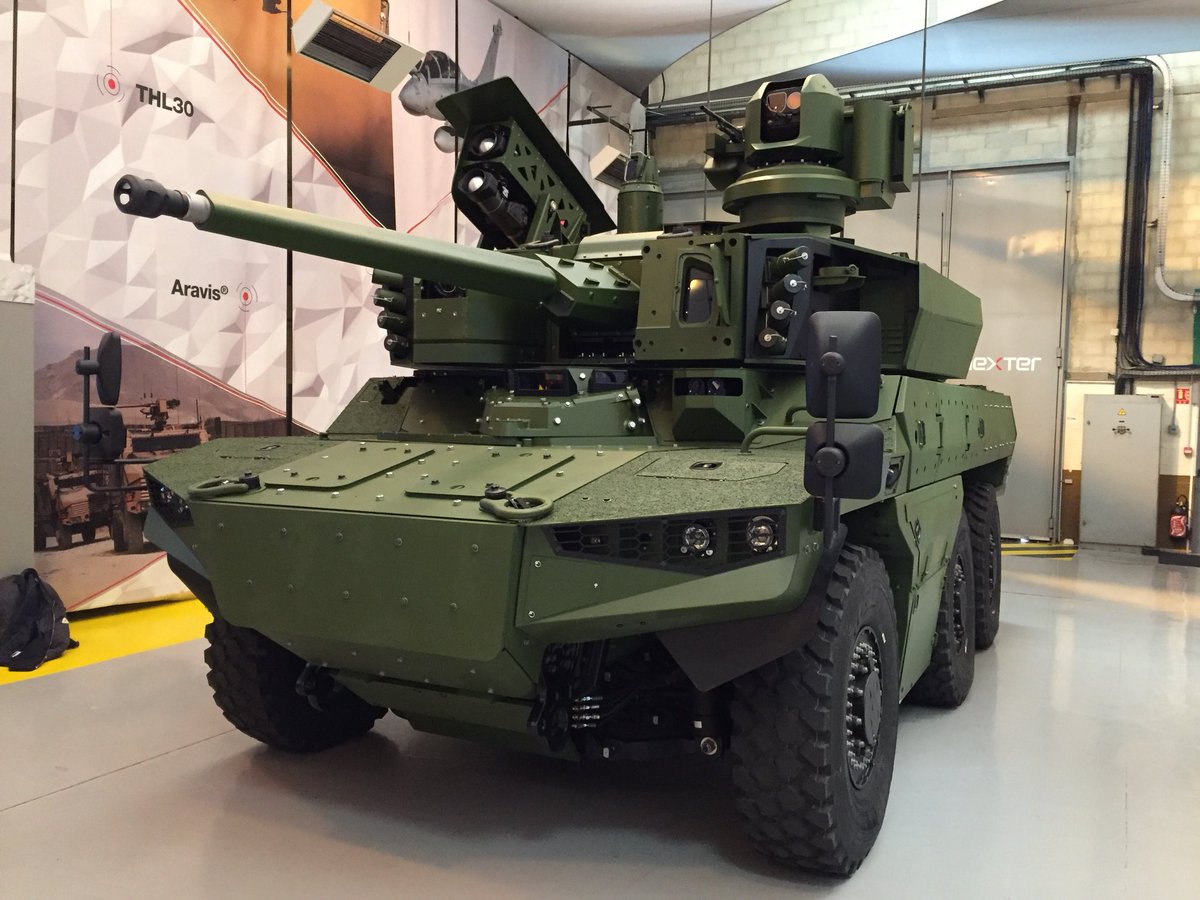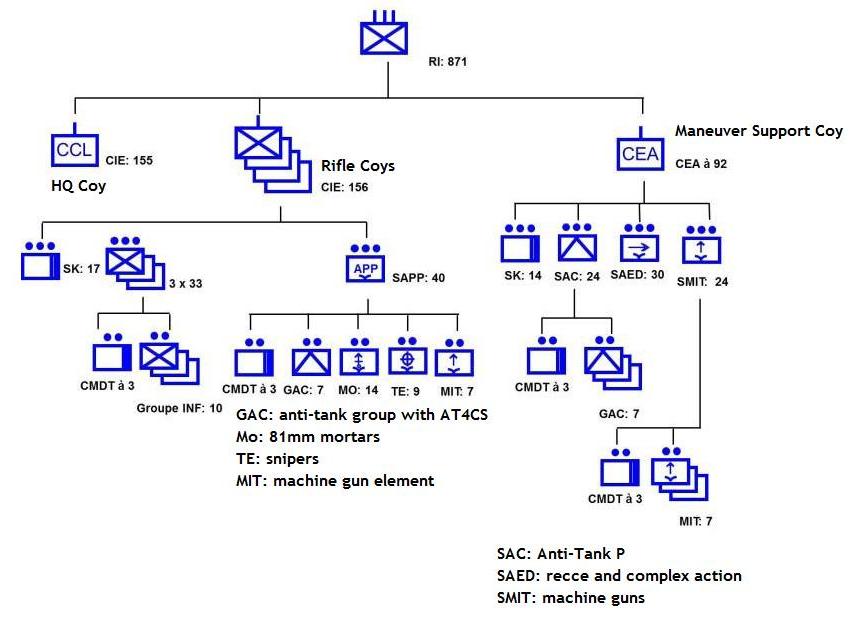Submarines: Naval Group's new AIP delivers on its promises
The onshore system on the Naval Group site of Nantes-Indret © NAVAL GROUP
Facebook478TwitterMore options ...63
Paid article offered
Posted on 27/09/2019 by Vincent Groizeleau
Naval Group's development of an Air Independent Propulsion (AIP) for submarines based on a new generation of fuel cells passed a crucial milestone this year. The ground system of the French industrialist, installed on his site of Indret, close to Nantes, indeed worked for 18 days in conditions representative of a real patrol. "It was a question of well checking the functioning of the system with a profile of operational use, as well as the autonomy in diving. For 18 days, the system, connected to batteries to be representative of actual use on a submarine, produced electricity from diesel fuel, operating at high pressure, which means that it does not have an immersion limitation for its use ",
Transits, very slow speeds, accelerations, fast surface rises, stops of the AIP followed by restarting, management of a possible breakdown or damage ... As on a real submarine, the system was confronted with situations to validate its performance and reliability.
World premiere for reforming from diesel
With these successful tests, Naval Group achieves a remarkable technical challenge for this device producing hydrogen from diesel. "18 days of electricity production from diesel reforming, this is a world first, it went very well and can be reproduced without problem," says Marc Quémeneur, AIP product manager at Naval Group. The French manufacturer proposes this solution to increase the diving autonomy of conventional submarines and to avoid them to the maximum to return to the surface to recharge their batteries, during which time the building is vulnerable.
Called AIP FC-2G (Fuel Cell Second Generation - FC-2G), this system has required a decade of research. Technologically, it includes two main innovations. First, the hydrogen used for fuel cell operation is manufactured directly on board, via a chemical reforming process from diesel fuel used by diesel-generators. This process provides increased security by the absence of hydrogen storage on board. The exhaust fumes are discarded discreetly, since they dissolve instantly in the water. In parallel, Naval Group has designed a patented system to produce air by injecting nitrogen at the oxygen inlet of the cell, this oxygen being stored in cryogenic form in a tank. Synthetic air reacts with hydrogen in the fuel cell to produce electricity, which powers the submarine's batteries and the electric propulsion motor. The battery is confined in a closed and ventilated enclosure to control a possible leakage of hydrogen or oxygen.
Principle of the device (© NAVAL GROUP)
1: the reformer is used to produce hydrogen from diesel fuel
2: the shift is used to increase the hydrogen yield and eliminate the carbon monoxide produced by the reformer
3: Purification membranes feed fuel cells with ultra-pure hydrogen
4: Fuel cells produce electricity from hydrogen and oxygen
5: the oxygen storage tank in liquid form
Standalone operation or in tandem with batteries
Designed for a lifespan of 10,000 hours, the fuel cell has a capacity of 250 kW. It feeds the electrical plant when the submarine is in AIP mode, thus allowing the electric propulsion motor to run and provide the power consumption of the edge. The building can then evolve on this system alone at a speed of up to about 5 knots, knowing that to obtain a range of three weeks in diving, the use profile varies between 2 and 4 knots. To do this, the power required for the AIP FC-2G is between 130 and 180 kW. Beyond that, you have to tap into the batteries, the passage from one energy source to another being done without interruption. But one of the interests of Naval Group's AIP is also to be able to supplement the energy provided by the batteries. "In case of acceleration, there is no break and if we want to go faster than the maximum allowed by the AIP, we pass on the batteries but we can also continue to operate the AIP, which comes then relieve the batteries and avoid all the more to draw on their reserves. In this way, if the submarine needs to sail for a few hours at a high speed, the AIP serves as a way to extend a little or substantially the autonomy in immersion, "said Anthony Covarrubias.

FC-2G fuel cells (© NAVAL GROUP)
Many advantages over other systems
Architecturally, the Naval Group AIP FC-2G is a considerable advantage over existing systems, where hydrogen is stored in external tanks, posing weight problems (130 to 160 tons of hydrides of which less 2% usable hydrogen) and refueling. Fuel cells currently in service use, in addition, pure oxygen, which generates a high wear, the filters and membranes to be replaced very regularly. More efficient according to Naval Group, the AIP FC-2G offers, according to its designers, a time of use between each major maintenance approximately five times higher than that of its foreign competitors. "Our system really fits into the operational scheme of a submarine. It only requires a short interruption of three weeks each year, the only equipment to be changed during this maintenance period being the catalysts. In the meantime, there is nothing to do! Says Marc Quémeneur.
Finally, the choice of hydrogen production from diesel fuel facilitates refueling and storage (single fuel on the submarine) while improving safety compared to systems using for example methanol, more flammable and introducing toxic products in case of leakage.
Marc Quémeneur in front of the main components of the system (© MER ET MARINE - VINCENT GROIZELEAU)
Reformer, shift, membrane and fuel cell (© MER ET MARINE - VINCENT GROIZELEAU)
The device fully integrated in a standalone module
Like MESMA, the first AIP developed by the French group and which equips the Agosta 90B Pakistani, the entire system AIP FC-2G is grouped in a single module, autonomous from the rest of the submarine. The system is housed in a hull section about 8 meters long integrated into the boat from the beginning or added after overhaul with a minimum of modifications to the existing. Adaptable to buildings with a diameter of at least 6 meters, such as Scorpene or the conventional propulsion version of the Barracuda, the AIP FC-2G was obviously designed not to impact the overall performance, starting with the capacity immersion and acoustic discretion.
The AIP module (© NAVAL GROUP)
The onshore system in service since 2011
The performances announced by Naval Group can therefore be guaranteed thanks to the tests carried out in recent years on a full-size AIP FC-2G system installed in Indret. After testing on a demonstrator dedicated to the production of hydrogen from 2003 to 2010, the full scale device 1 was built in 2010. It went into service the following year and now has more than 6000 hours of the equivalent of six years of use. It is therefore, according to Naval Group, a system now reliable and proven even before having embarked on a submarine. "6000 hours of operation and production of hydrogen is more than a cycle of operation between two periods of major maintenance," underline Marc Quémeneur and Damien Lelandais, system architect of the FC-2G program.
Ready to use with further prospects for improvement
The system is therefore "ready to be marketed" and already proposed by Naval Group to a number of navies. While waiting for first orders, the work will continue. "We will continue to test operational profiles and focus on system optimization, efficiency, maintenance, and maintenance." For example, engineers will work on improving the efficiency of the system by reducing oxygen consumption, particularly through new technologies such as additive manufacturing. "We have great prospects for system evolutions and we see a real potential for increasing performance in power and autonomy that will allow to go on large submarines while remaining in very interesting volumes."
While the device is now coupled with traditional lead-acid batteries, Naval Group is also working on the integration of battery-powered submarines using lithium-ion technology, which will expand operational performance.
https://www.meretmarine.com/fr/content/sous-marins-le-nouvel-aip-de-naval-group-tient-ses-promesses
















